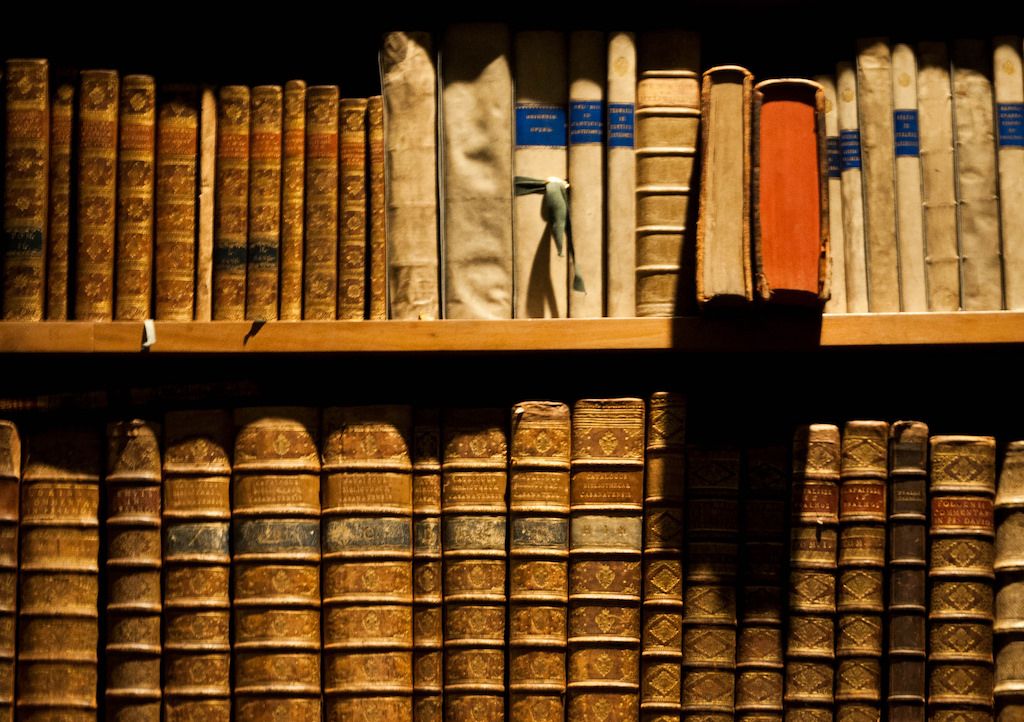
I have been slowly reading through Katrina by Gary Rivlin. The book, written 10 years after Hurricane Katrina struck New Orleans, analyzes the storm’s aftermath and the process of rebuilding. The politics here are riveting, and it is both heartening and disheartening to see how a city can come together around tragedy — as well as still bitterly fight the “old fights.”
So far though, the bigger lesson to me is how much the media got wrong in the days immediately after the storm — and this is crucial — how much of that coverage later drove decision-making about what to do in the city long-term.
This in some ways is not a revelation — it is hardly surprising that some facts are wrong given how rapid the media covers breaking news events. But I do think we forget in the constant firehose of news and stories from around the web how little permanence any of this news actually has.
Let me take Trump’s election victory as an example. His upset win — against the odds posted by organizations like the New York Times — became instant fodder for reporters and analysts across the political spectrum. We had the theory of the white working class, the Clinton campaign ineptitude logic, the FBI investigation logic, foreign propaganda from Russia, etc. etc.
A year into this administration though, can we say for certainly that this president is going to be a momentary blip in the flow of history, or is he going to be one of the most important presidents and usher in a Trump era of American history (or obviously something in between). Isn’t it nuts that with all of the reporting and discussion emanating from the media the past year, we can’t even really answer this most fundamental of questions.
Historians like to say that you really can’t analyze events until at least three decades have passed. It takes time for evidence to be released and acquired, for old passions to die down. But most importantly, the effects of any one event in historical time take, in many cases, years to process.
If you think about it, there are really multiple drafts of history that are always being written. There is the first draft done by journalists, who are in the middle of the events and are just trying to describe and interpret what is happening. Then there are the second drafts — books like Fire and Fury and Shattered which try to provide a little more nuance and guidance by having more depth and distance from their subjects.
Then there is sort of the third draft of history — reading a book on Katrina a decade later. We can start to see how decisions made in late 2005 affected the construction of schools in 2015. We can start to see whether people stayed away from the city long-term or came back. And we can start to ignore a bunch of minutia that ended up not having much impact at all. For instance, a New Orleans City Council commission tasked with developing plans to rebuild the city was announced to great fanfare — and then proceeded to never meet even once.
Finally, there is the fourth and later drafts — where the time distance has increased, and enough evidence has been accumulated to write very substantially about the causes and effects of different events. Think the Vietnam War, and how we can analyze it today versus 20 years ago.
I have been using the term “resolution” to describe this — how close to the time and details do you want to be to a story or event? My goal this year has been to decrease resolution — i.e. move away from all the minutia to see the larger picture. So I am trying to read more second and third drafts as opposed to first drafts of stories.
Ultimately, we may not know all that much more than the journalists who covered an event live. But there is more analytical reasoning — more connections that start to come to mind when we can take the extra space to observe an historical event. To me, that distance is critical to building a more resilient attitude to the events that are happening today.
Image by Borja Santacruz Fabregues used under Creative Commons.